Entre os dias 11 e 14 de novembro de 2014, parte do grupo GSONM, da Unicamp participou de um curso ministrado pelo Dr. Almerindo da Universidade de Lisboa sobre um dos mais promissores métodos de “foams finitos”, o OpebFoam. Essa é uma área que estamos particularmente interessados, uma vez que poderá permitir o estudo de …
November 2014 archive
Reinforced 3D nanostructures
PUBLISHED: Nature communications, 5 2014 Low-density nanostructured foams are often limited in applications due to their low mechanical and thermal stabilities. Here we report an approach of building the structural units of three-dimensional (3D) foams using hybrid two-dimensional (2D) atomic layers made of stacked graphene oxide layers reinforced with conformal hexagonal boron nitride (h-BN) platelets. The ultra-low density …
Curious hydrogenation pattern in graphdiynes
PUBLISHED: Carbon, 77 pp. 829–834, 2014. Graphene is one of the most important materials in science today due to its unique and remarkable electronic, thermal and mechanical properties. However in its pristine state, graphene is a gapless semiconductor, what limits its use in transistor electronics. In part due to the revolution created by graphene in materials science, there …
A new way to unzip carbon nanotubes
PUBLISHED: Nano letters, 14 (7), pp. 4131–4137, 2014. The way nanostructures behave and mechanically respond to high impact collision is a topic of intrigue. For anisotropic nanostructures, such as carbon nanotubes, this response will be complicated based on the impact geometry. Here we report the result of hypervelocity impact of nanotubes against solid targets and show that impact …

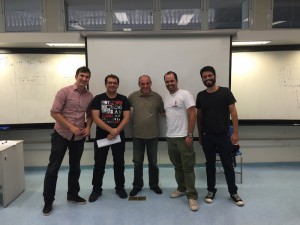
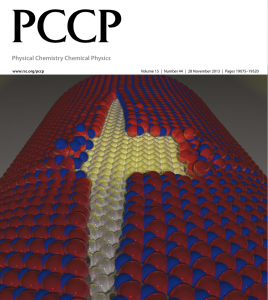
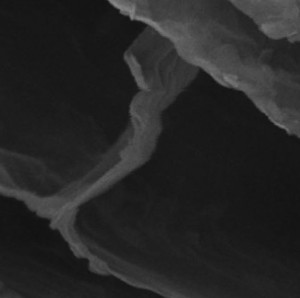
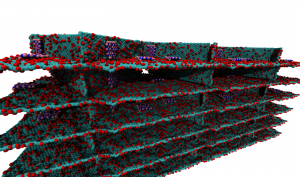
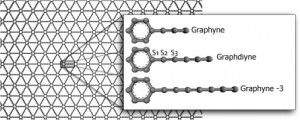
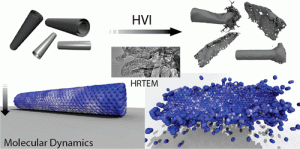
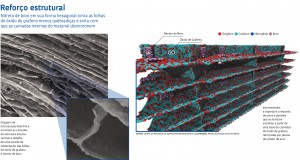
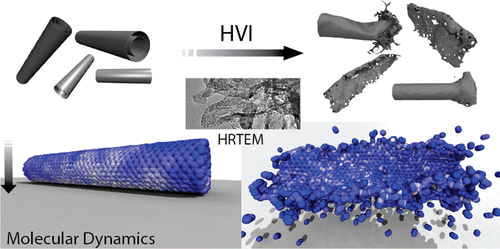
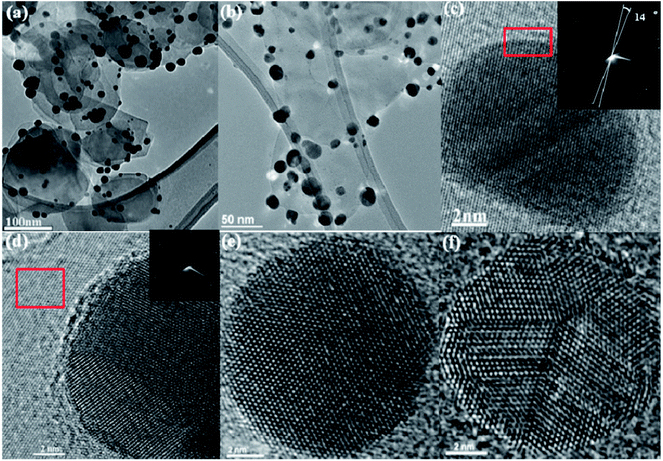


Comentários